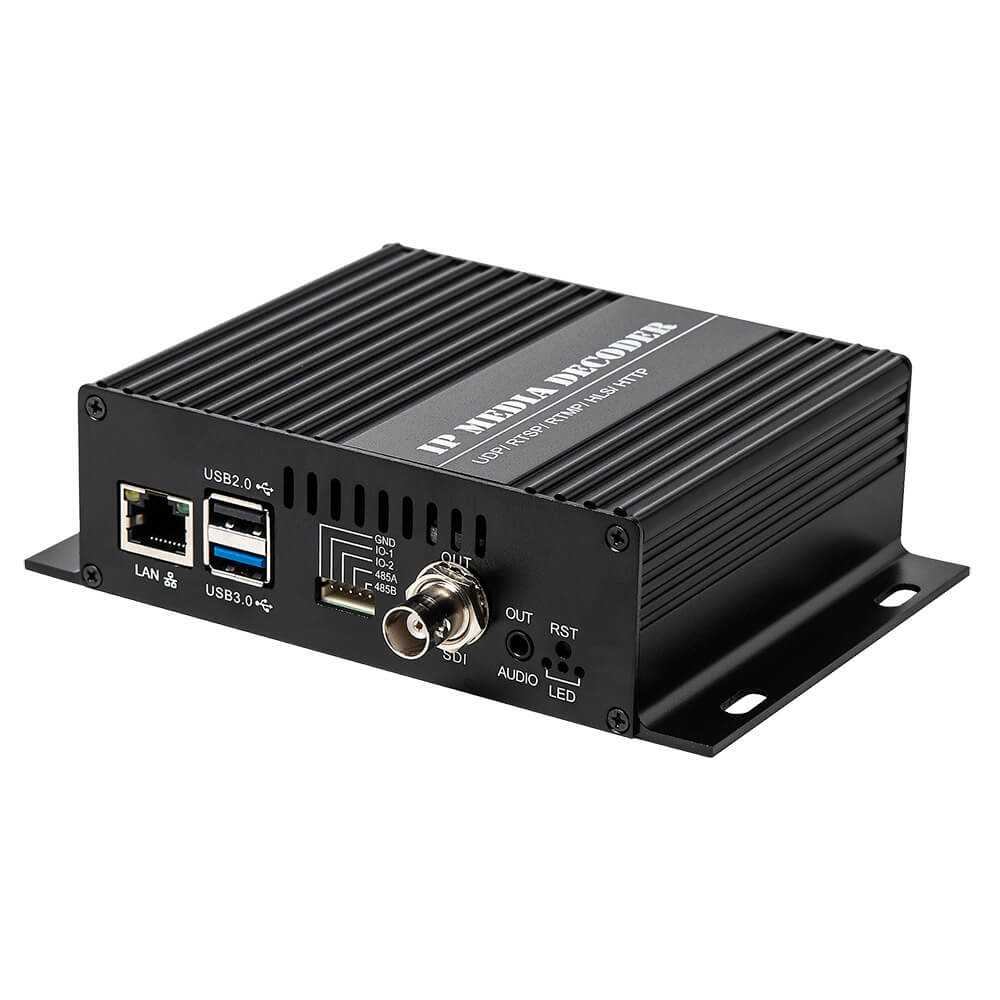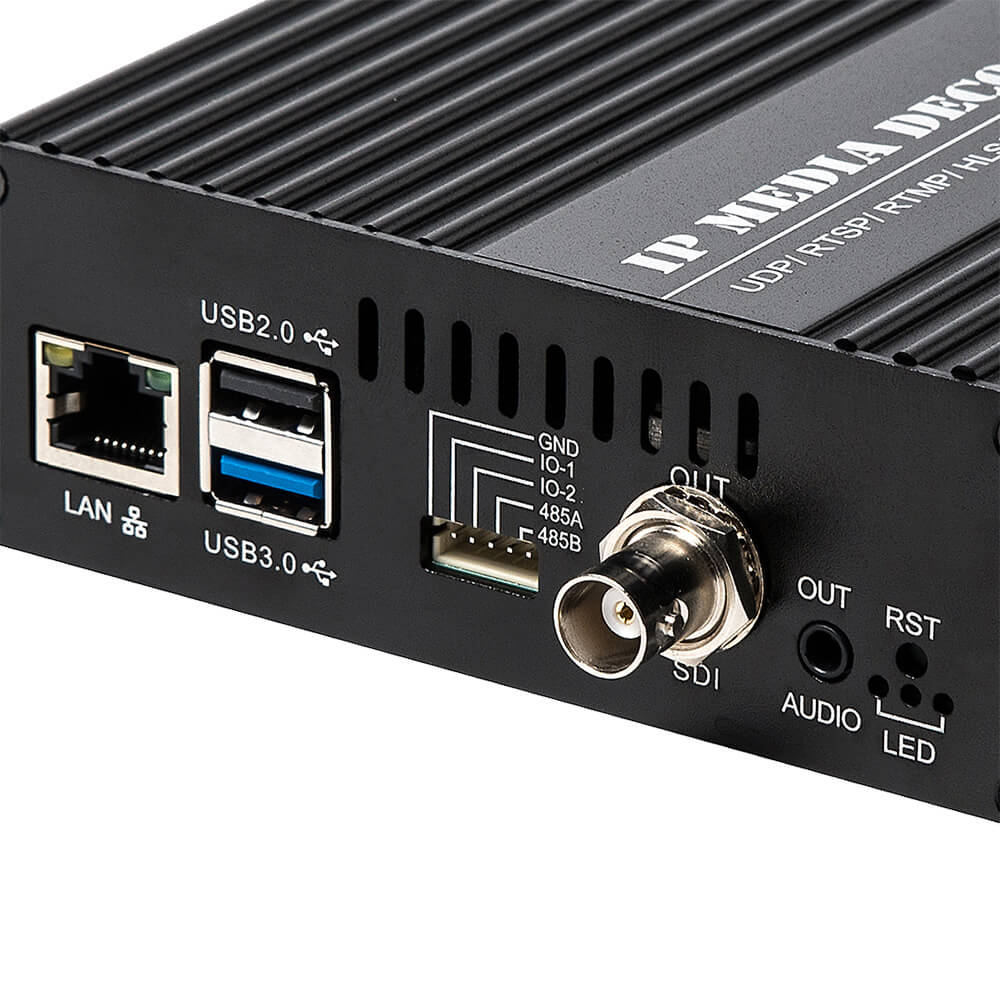

In addition, you can capture ProRes 422 HQ, 422, or 422LT files, meaning there should be an option to fit your chosen workflow. The X-H2 offers the same extensive choice of codecs for video capture, with a choice of H.264 of H.265 compression with either 4:2:0 or 4:2:2 subsampling and Long-GOP or All-I encoding. We have to assume that the change is to provide a degree of flexibility for cropping or post-shot detail processing without the file sizes of shooting in 8K. Interestingly, the 6.2K footage is in the 16:9 aspect ratio commonly used in video, unlike the similarly-named mode in the X-H2S that produces the taller 3:2, photo-shaped output. If 8K is more than you're looking for, the camera offers a 6.2K mode that also appears to be oversampled and derived from the 8K output. There's also a 2:1 oversampled 'HQ' 4K mode taken from this 8K capture, or a sub-sampled version that can be shot at up to 60p.
H265 converter pro full#
The move to a 40MP sensor gives the X-H2 enough pixels to deliver 8K video from the full width of its sensor, and sure enough that's what the camera offers, at framerates of up to 30p. Mic, headphones and a full-sized HDMI socket: video is just as central to the X-H2 as it is to the X-H2S. What's going to be more interesting is looking at its whole-image quality, to see whether there's any overall noise cost to its higher level of detail capture. We'll be looking more closely at the new sensor once we're able to get a production version into our testing studio, but we'd expect its additional detail to come with some increase in noise when viewed at 100% (simply because each individual pixel will get less light).
H265 converter pro software#
This filter is designed to reduce the risk of moiré appearing compared to Bayer filters (where it's still a risk even with high-res sensors and bright, sharp lenses) by having a less regularly-repeating pattern to its red and blue channels however there's a narrower choice of software that'll get the very best out of it. It's an APS-C chip with an X-Trans color filter array up front. A BSI sensor doesn't offer the significant speed benefits of the Stacked CMOS chip in the X-H2S, but is likely to deliver slightly lower read noise while also allowing the camera to be less expensive. The biggest new feature of the X-H2 is its use of a new 40MP BSI CMOS sensor, the highest-resolution chip of its size we've seen in a consumer camera. What's new | How it compares | Body & handling | Initial impressions | Sample gallery | Specifications It's also compatible with the $199 add-on fan unit, if you want to record longer periods of high-res video. The X-H2 is compatible with both the VG-XH battery grip, which takes two batteries and costs $399, and the file transfer grip launched alongside it at a cost of $999. The X-H2 will be available from late September at a recommended cost of $1,999.

1 CFexpress Type B, 1 UHS-II SD card slot.5.76M-dot EVF capable of up to 120 fps refresh.Built-in image stabilization rated to 7.0 stops.
H265 converter pro pro#
Three versions of Pro Res, H.265 or H.264 video encoding.8K, 6.2K, or 2:1 oversampled 4K video at up to 30p.15 fps with mechanical shutter (20 fps with e-shutter, 1.29x crop).Its high-resolution stills and 8K video capabilities stand in contrast to the high-speed shooting and fast readout 4K capabilities of its X-H2S sister model. The Fujifilm X-H2 is a high-end 40MP APS-C mirrorless camera for both stills and video shooting.


 0 kommentar(er)
0 kommentar(er)
